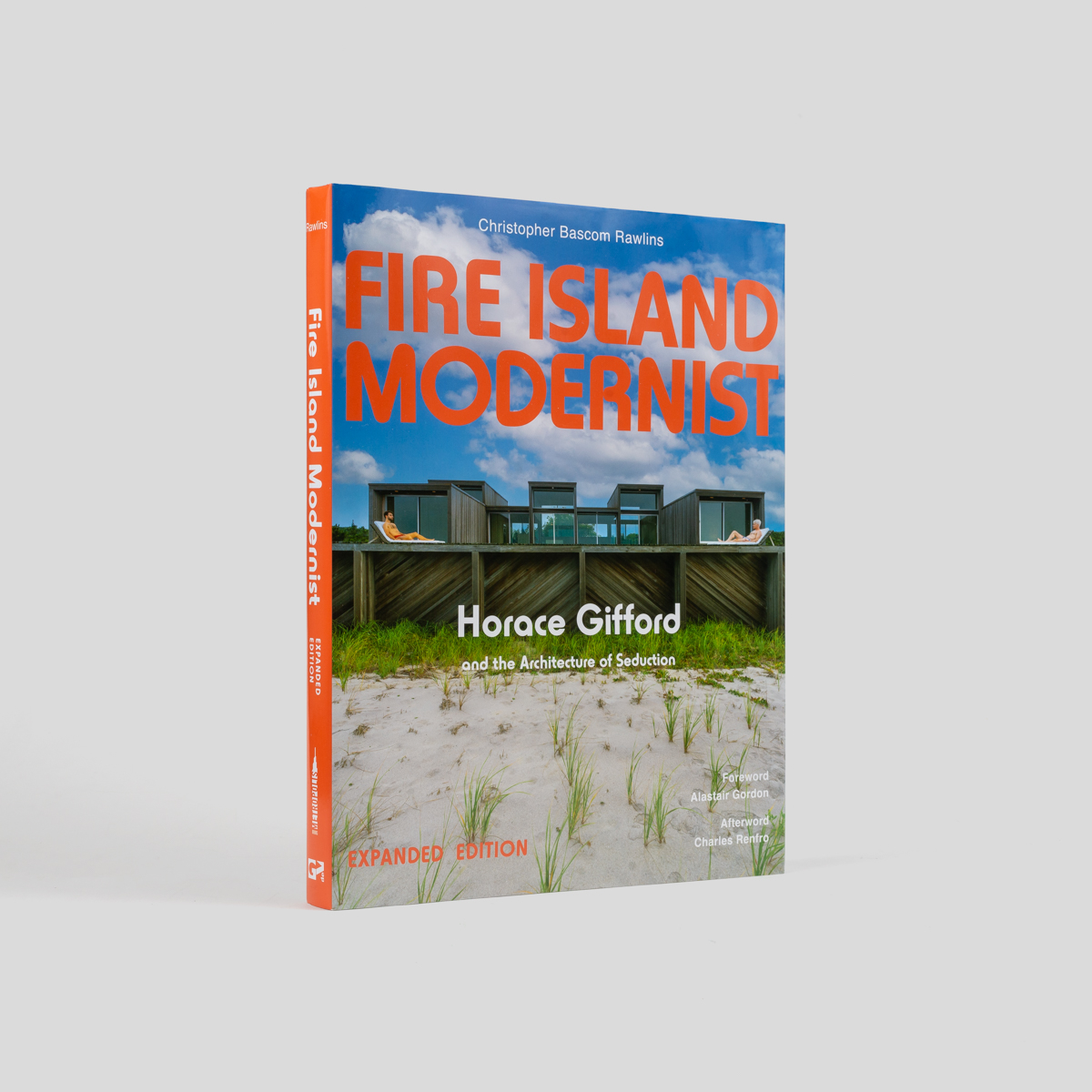The Architecture of Seduction: how Horace Gifford built a modernist, queer paradise
Fire Island is explored through a new edition of Christopher Rawlins’ seminal architectural and social history book on the life and work of Horace Gifford
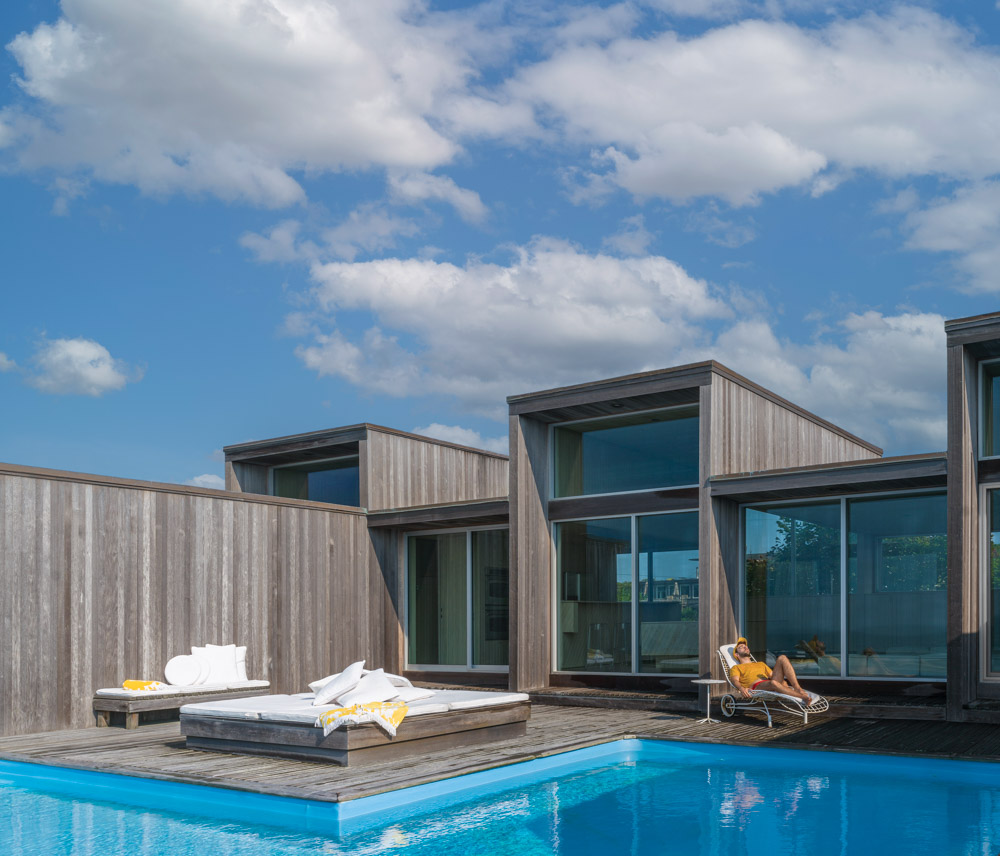
Fire Island has been a focal point for New York’s gay community since the Jazz Age, with the small towns of Cherry Grove and Fire Island Pines evolving into coastal retreats from oppressive city life, a place where conventions and closets could be discarded along the sandy shores of the Atlantic coast.
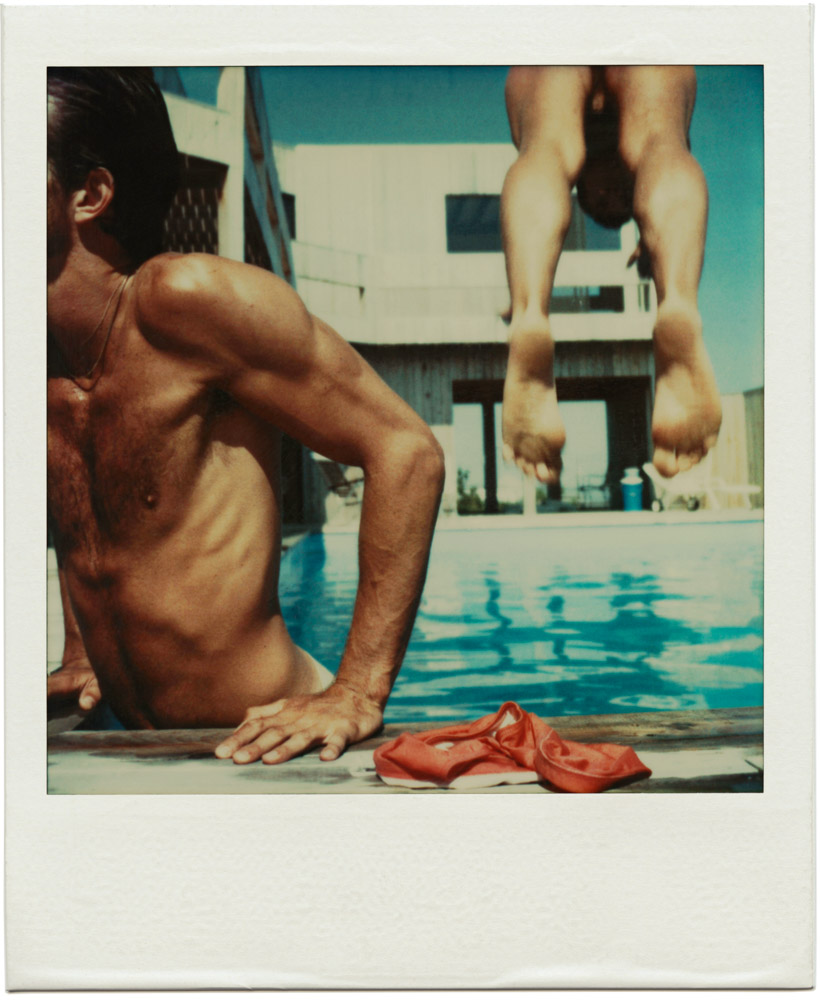
Tom Bianchi, Untitled, SX-70 Polaroid, 1970s
Fire Island and Horace Gifford
The architect who gave aesthetic form to this hedonistic environment is now relatively well known, thanks in part to Christopher Rawlins’ 2013 book, Fire Island Modernist: Horace Gifford and the Architecture of Seduction. With the first edition long out of print and highly sought after, a new updated edition has now arrived, fleshing out the story of Gifford’s social and architectural history.

Horace Gifford, Wittstein-Miller House, 1962
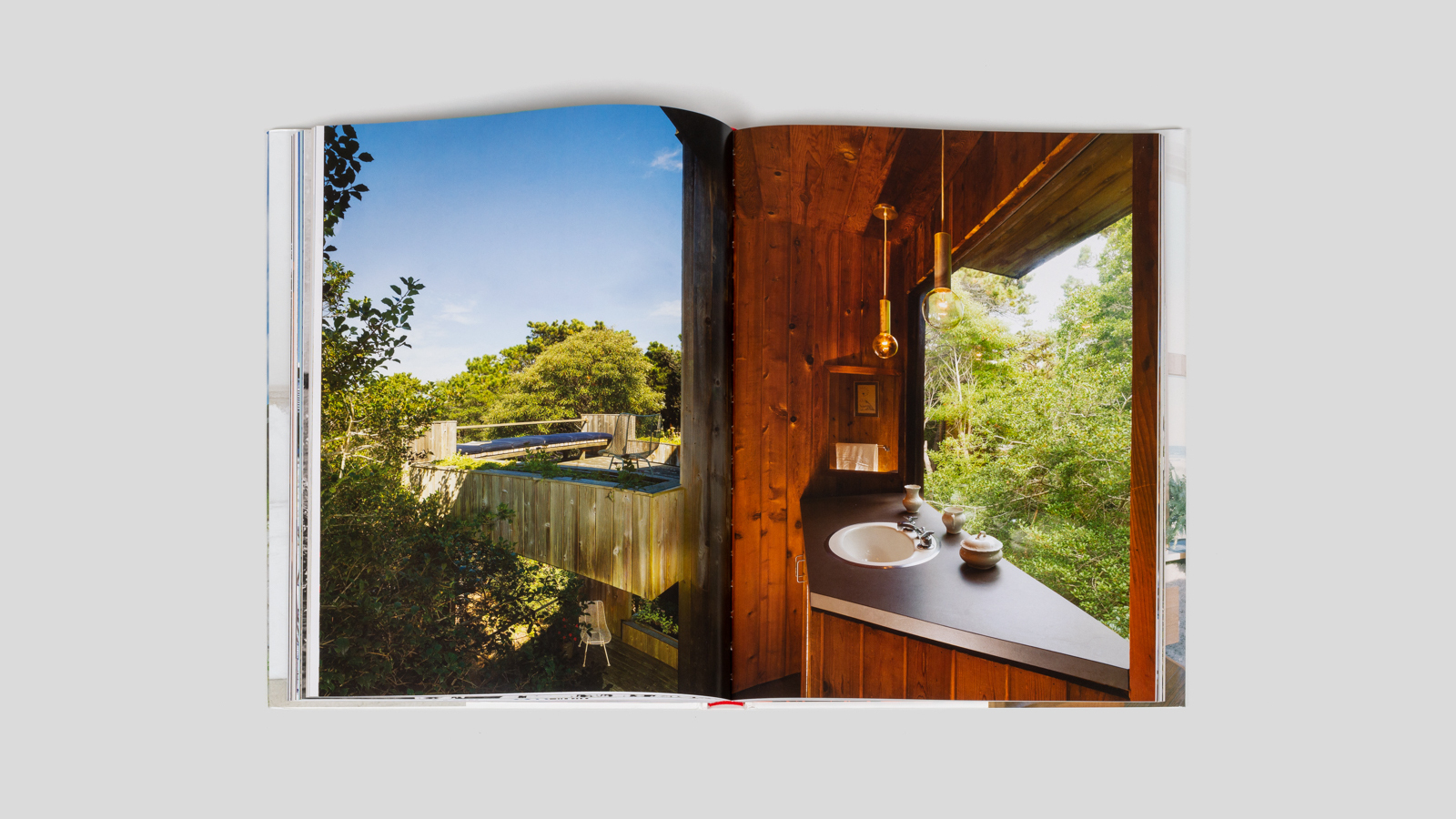
A spread from 'Fire Island Modernist'
Horace Gifford was born in Florida in 1932. Despite his lack of formal architectural training, he had an innate understanding of form and material, often working with tiny budgets and small sites to create dramatic, light-filled, modestly-scaled open-planned houses that made the most of Fire Island’s climate and culture. Timber-framed, with large expanses of glass, his houses were both formally inventive and prototypical of a low-impact, sustainable design that’s still so relevant today.
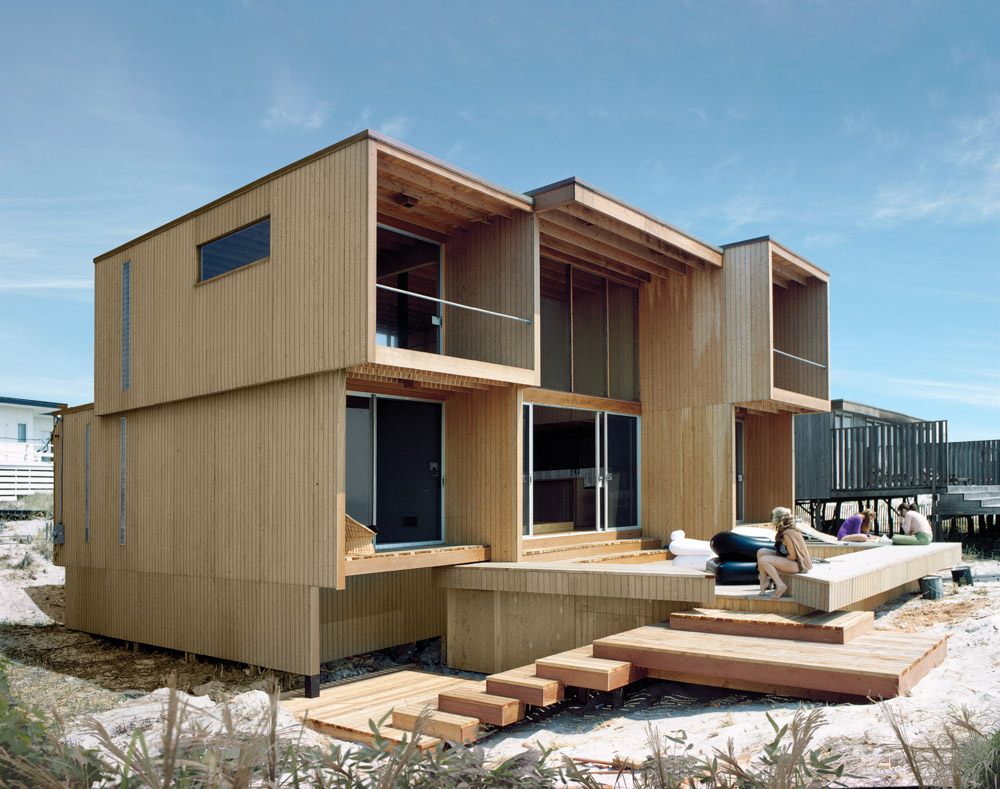
Rubrum House, Horace Gifford, from 'Fire Island Modernist'

A spread from 'Fire Island Modernist'
In total, Gifford built 63 houses on the island, creating a framework and backdrop for a lifestyle that flourished in its seclusion and distance from ‘conventional’ society. Gifford himself found it hard to find work elsewhere once his own orientation was revealed, but even after his death, his legacy still resonates. Although by no means the only architect working on Fire Island - the likes of Andrew Geller were also prolific at this point - Gifford was perhaps the most influential, shaping an aesthetic that continues to be influential today.
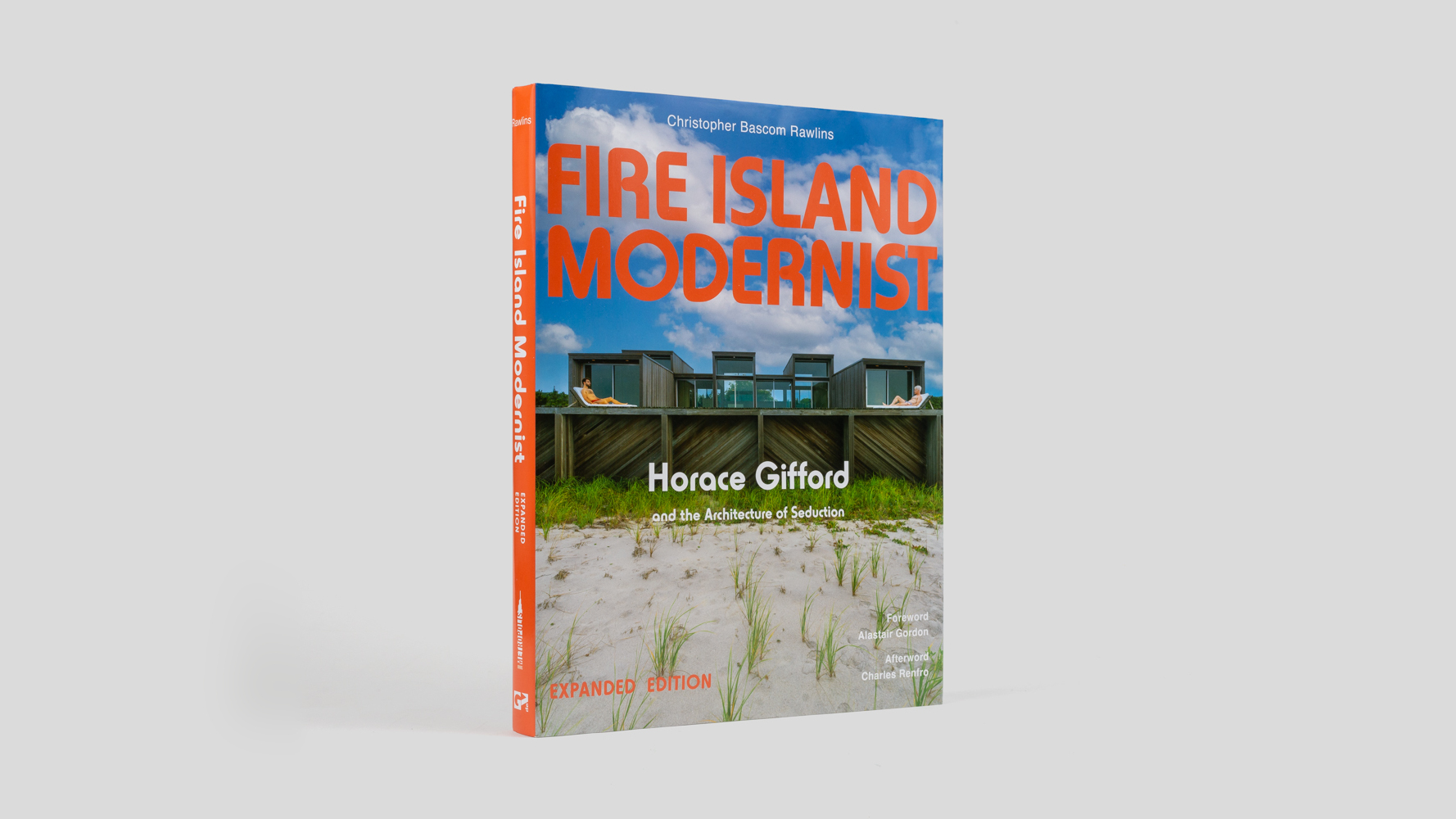
Lipkins House, Horace Gifford, from 'Fire Island Modernist'
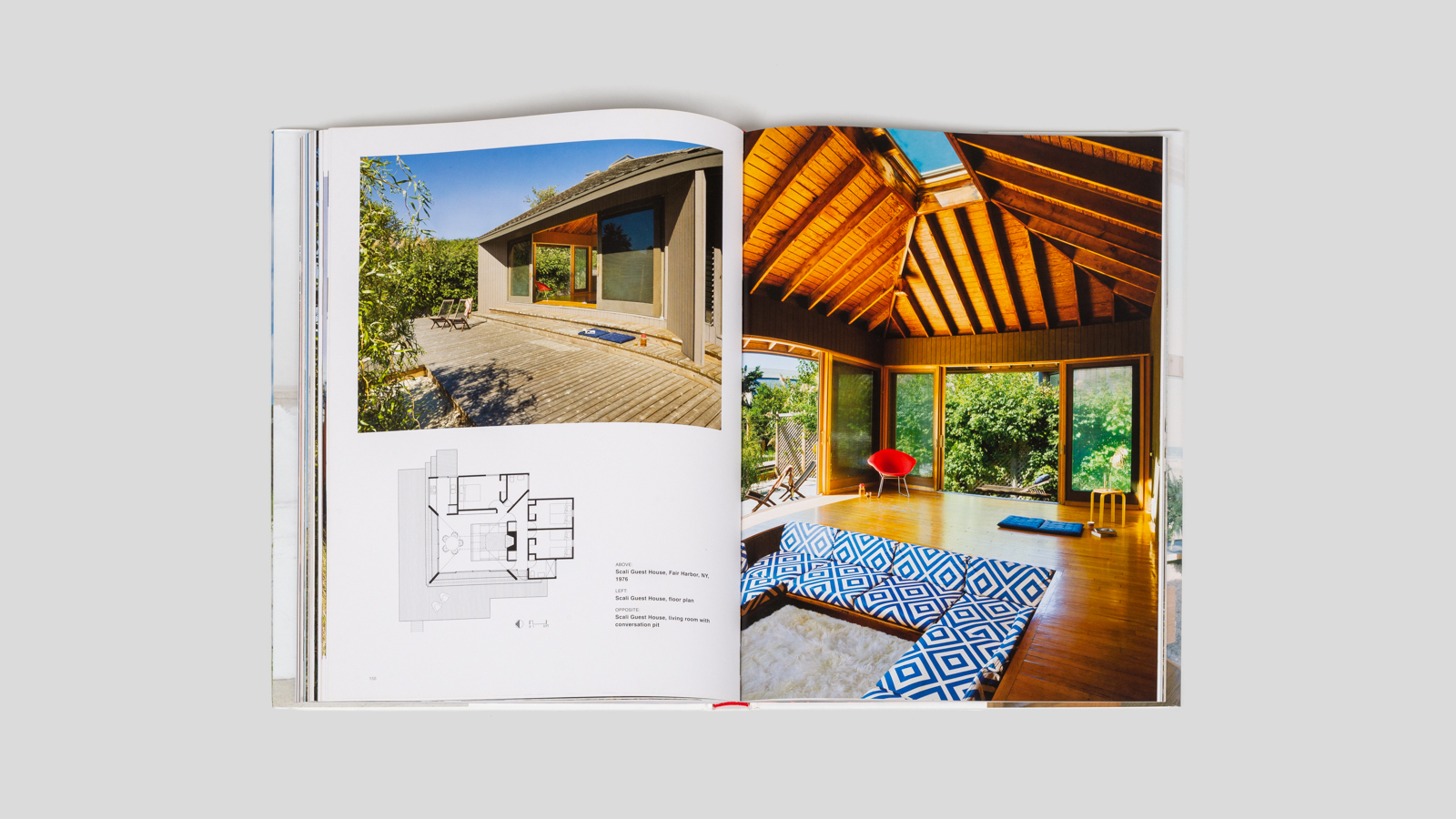
A spread from 'Fire Island Modernist'
The new edition includes an afterword by architect Charles Renfro of Diller, Scofidio and Renfro as well as five new featured houses and more photography, much of it richly evocative of a more carefree, hedonistic world in the pre-AIDS era. Gifford himself died of AIDS-related complications in 1992, but many of his houses survive and are celebrated in this essential overview of one of modernism’s most intriguing microcosms.
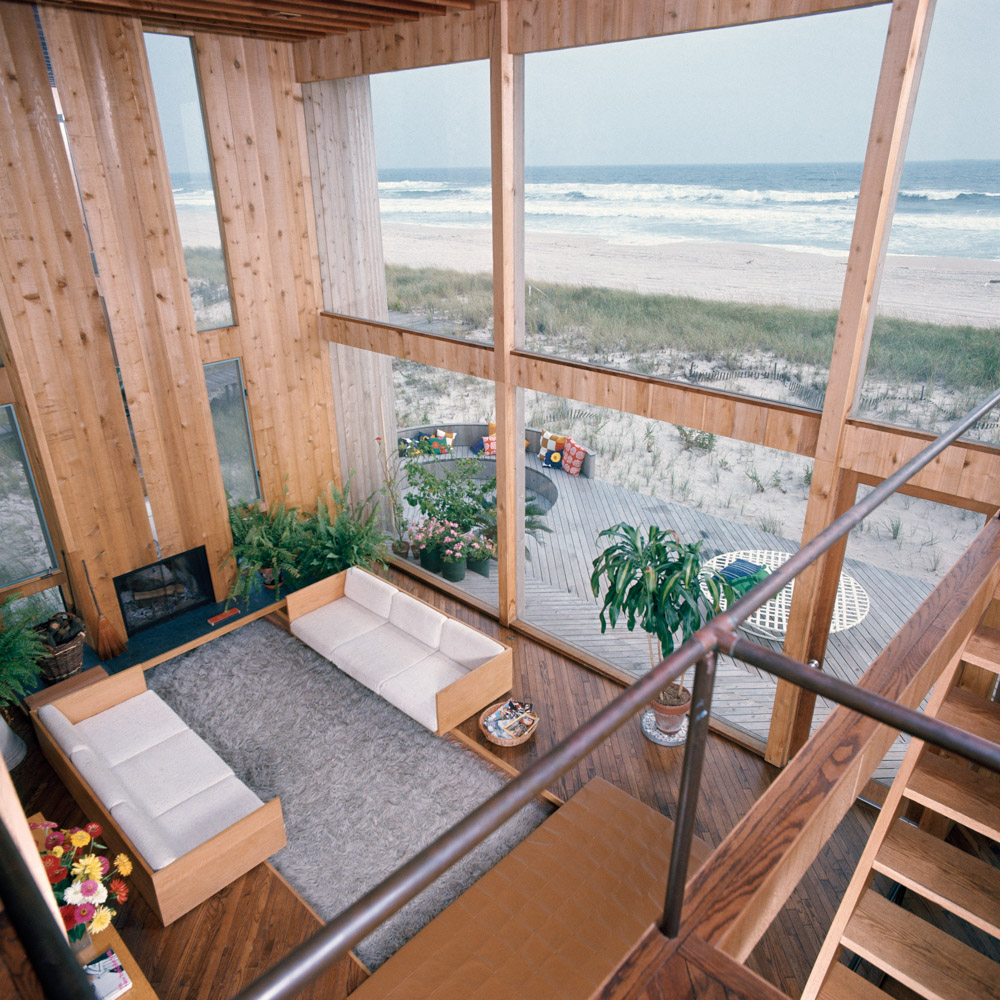
Sloan House, Horace Gifford, from 'Fire Island Modernist'

'Men of the Pines, 1968'
Fire Island Modernist: Horace Gifford and the Architecture of Seduction, Expanded Edition, Christopher Rawlins, $65, Metropolis Books in conjunction with Gordon De Vries Studio, Artbook.com
Wallpaper* Newsletter
Receive our daily digest of inspiration, escapism and design stories from around the world direct to your inbox.
Jonathan Bell has written for Wallpaper* magazine since 1999, covering everything from architecture and transport design to books, tech and graphic design. He is now the magazine’s Transport and Technology Editor. Jonathan has written and edited 15 books, including Concept Car Design, 21st Century House, and The New Modern House. He is also the host of Wallpaper’s first podcast.
-
 Put these emerging artists on your radar
Put these emerging artists on your radarThis crop of six new talents is poised to shake up the art world. Get to know them now
By Tianna Williams
-
 Dining at Pyrá feels like a Mediterranean kiss on both cheeks
Dining at Pyrá feels like a Mediterranean kiss on both cheeksDesigned by House of Dré, this Lonsdale Road addition dishes up an enticing fusion of Greek and Spanish cooking
By Sofia de la Cruz
-
 Creased, crumpled: S/S 2025 menswear is about clothes that have ‘lived a life’
Creased, crumpled: S/S 2025 menswear is about clothes that have ‘lived a life’The S/S 2025 menswear collections see designers embrace the creased and the crumpled, conjuring a mood of laidback languor that ran through the season – captured here by photographer Steve Harnacke and stylist Nicola Neri for Wallpaper*
By Jack Moss
-
 We explore Franklin Israel’s lesser-known, progressive, deconstructivist architecture
We explore Franklin Israel’s lesser-known, progressive, deconstructivist architectureFranklin Israel, a progressive Californian architect whose life was cut short in 1996 at the age of 50, is celebrated in a new book that examines his work and legacy
By Michael Webb
-
 A new hilltop California home is rooted in the landscape and celebrates views of nature
A new hilltop California home is rooted in the landscape and celebrates views of natureWOJR's California home House of Horns is a meticulously planned modern villa that seeps into its surrounding landscape through a series of sculptural courtyards
By Jonathan Bell
-
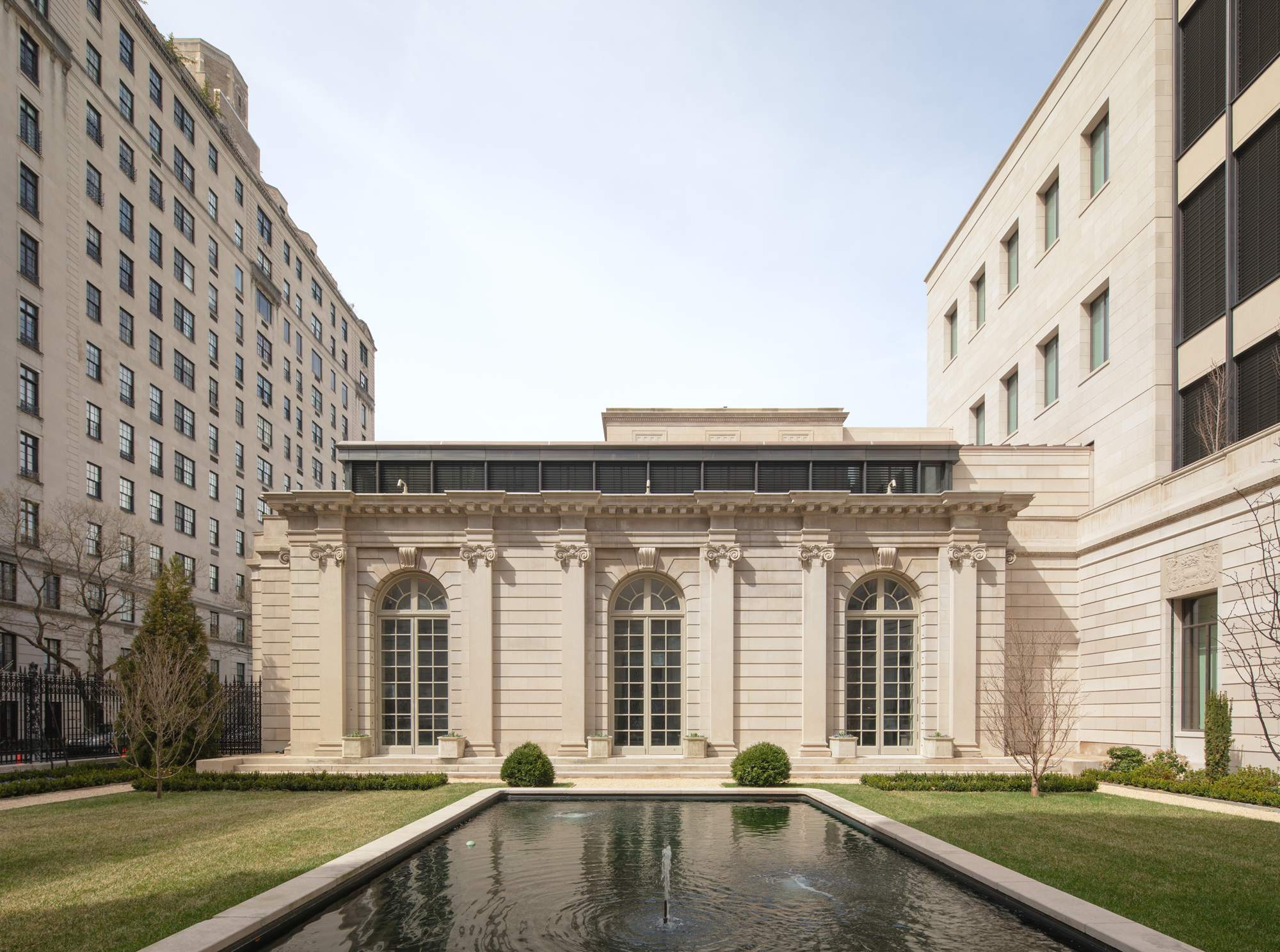 The Frick Collection's expansion by Selldorf Architects is both surgical and delicate
The Frick Collection's expansion by Selldorf Architects is both surgical and delicateThe New York cultural institution gets a $220 million glow-up
By Stephanie Murg
-
 Remembering architect David M Childs (1941-2025) and his New York skyline legacy
Remembering architect David M Childs (1941-2025) and his New York skyline legacyDavid M Childs, a former chairman of architectural powerhouse SOM, has passed away. We celebrate his professional achievements
By Jonathan Bell
-
 The upcoming Zaha Hadid Architects projects set to transform the horizon
The upcoming Zaha Hadid Architects projects set to transform the horizonA peek at Zaha Hadid Architects’ future projects, which will comprise some of the most innovative and intriguing structures in the world
By Anna Solomon
-
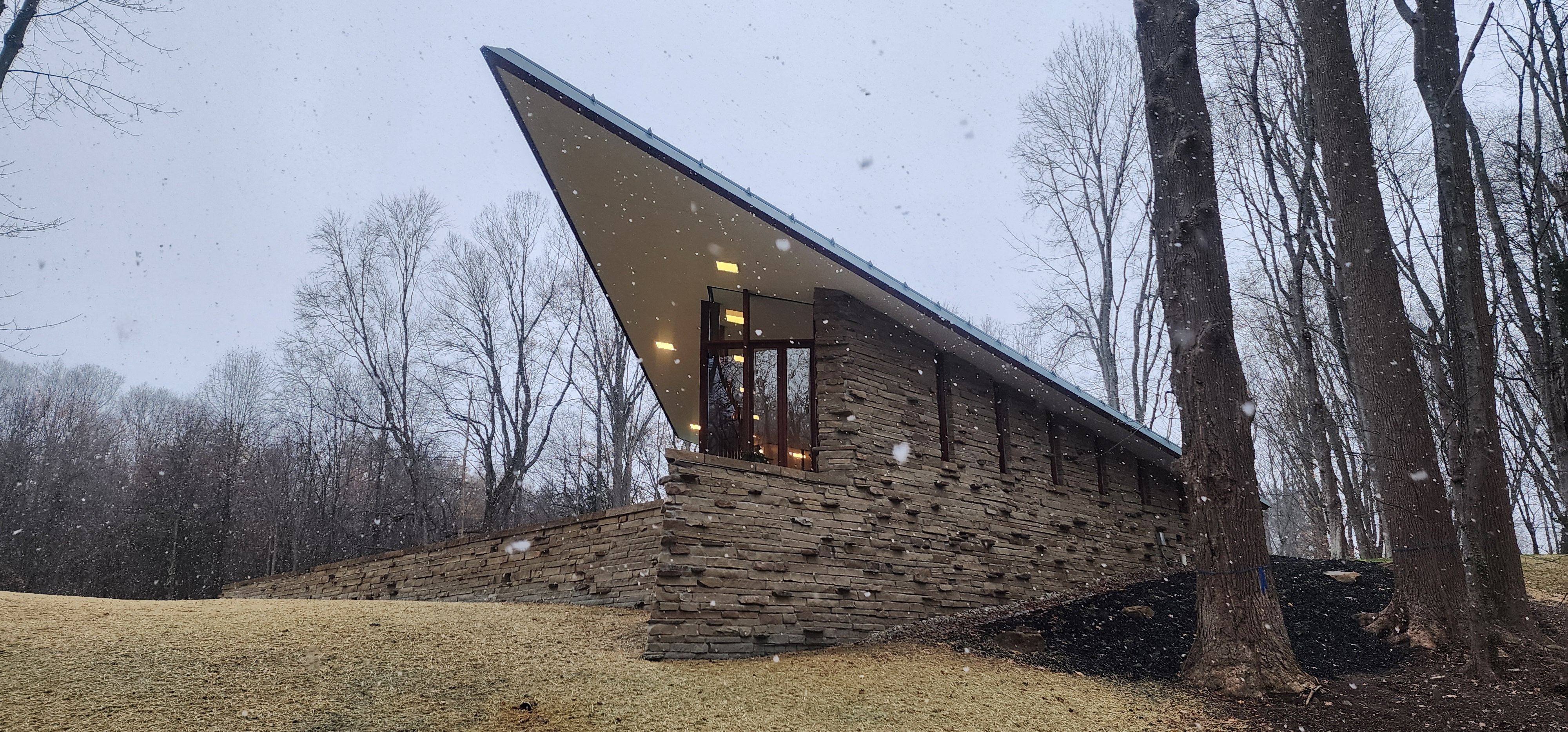 Frank Lloyd Wright’s last house has finally been built – and you can stay there
Frank Lloyd Wright’s last house has finally been built – and you can stay thereFrank Lloyd Wright’s final residential commission, RiverRock, has come to life. But, constructed 66 years after his death, can it be considered a true ‘Wright’?
By Anna Solomon
-
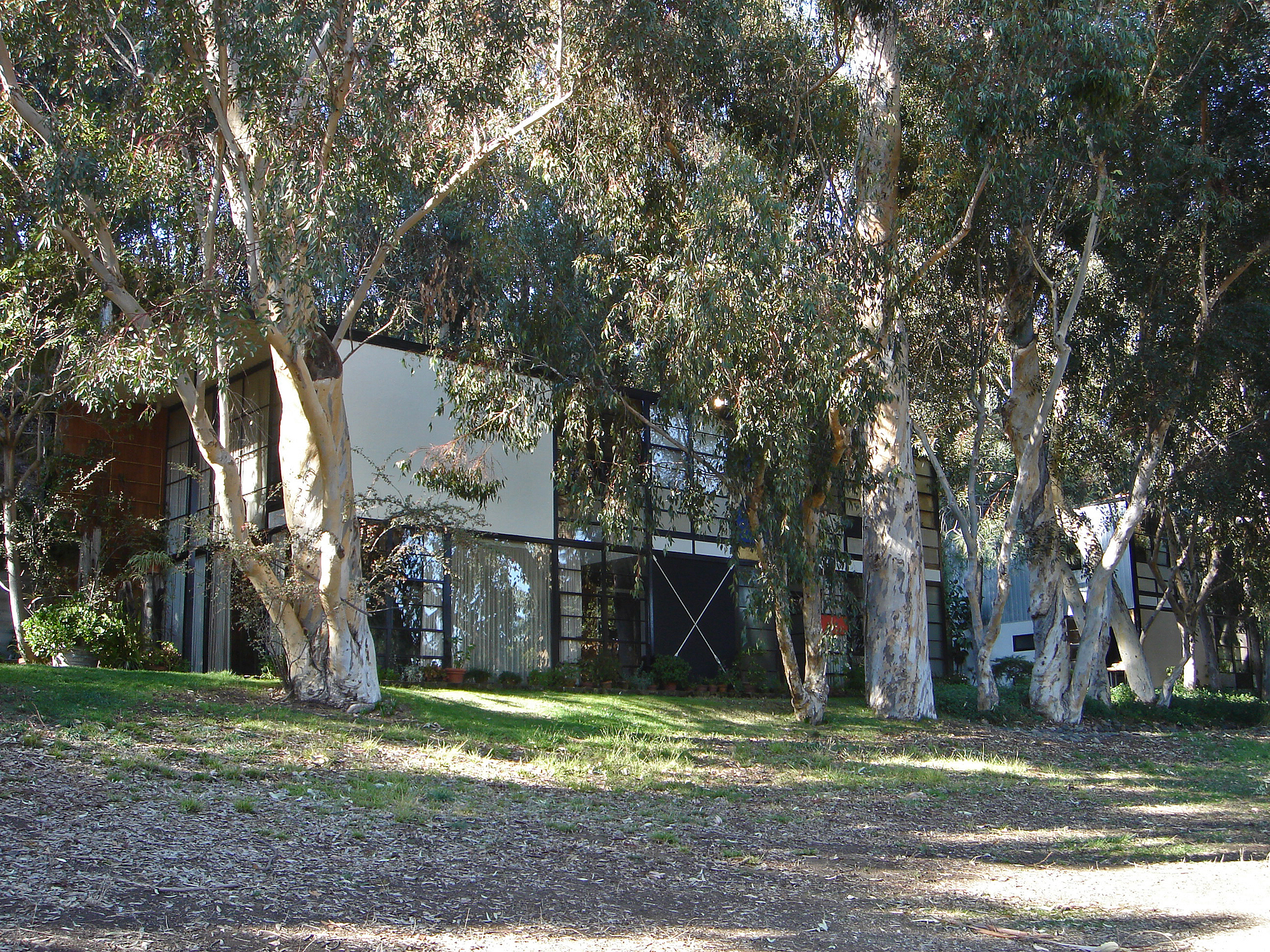 Heritage and conservation after the fires: what’s next for Los Angeles?
Heritage and conservation after the fires: what’s next for Los Angeles?In the second instalment of our 'Rebuilding LA' series, we explore a way forward for historical treasures under threat
By Mimi Zeiger
-
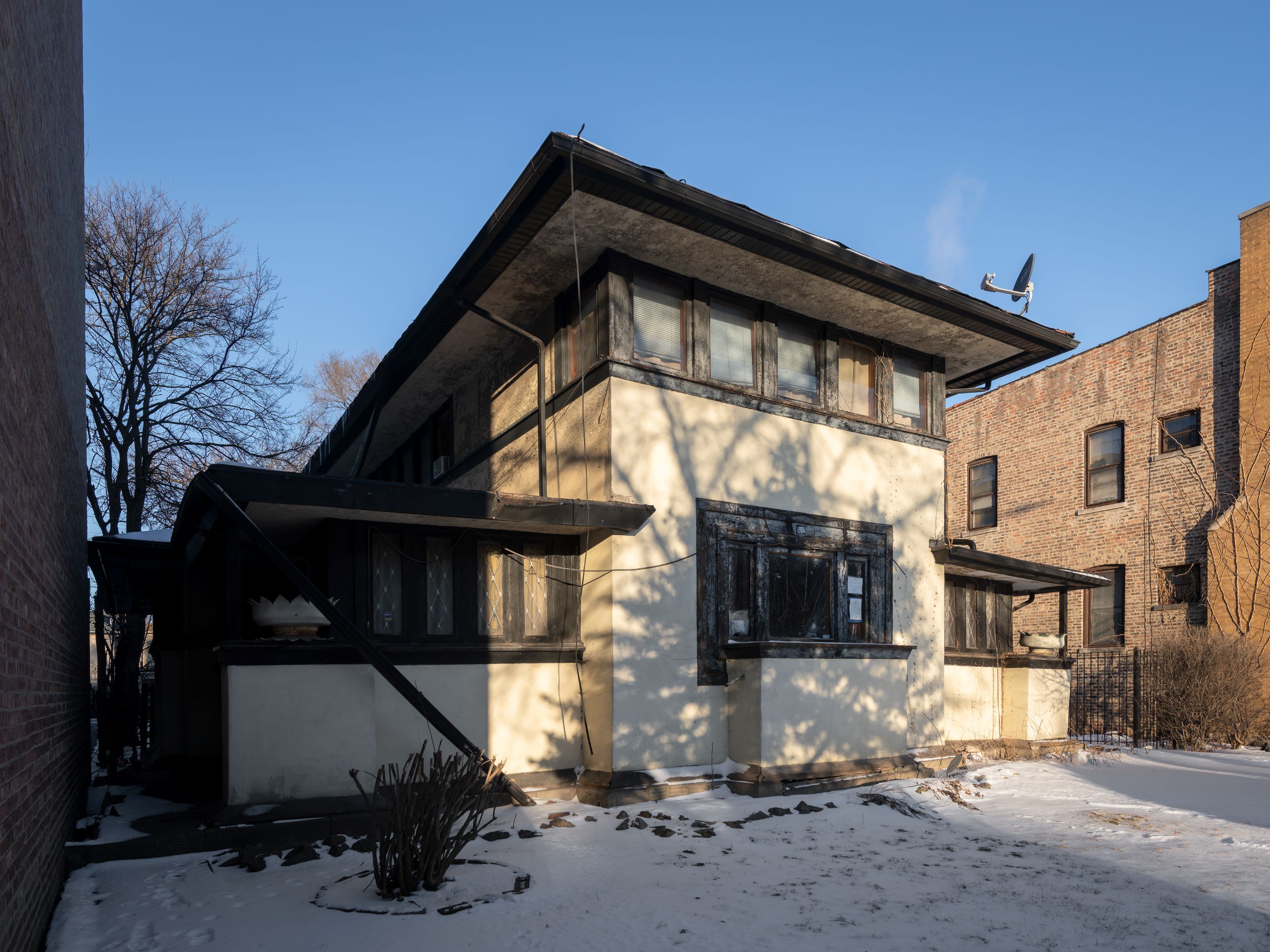 Why this rare Frank Lloyd Wright house is considered one of Chicago’s ‘most endangered’ buildings
Why this rare Frank Lloyd Wright house is considered one of Chicago’s ‘most endangered’ buildingsThe JJ Walser House has sat derelict for six years. But preservationists hope the building will have a vibrant second act
By Anna Fixsen
